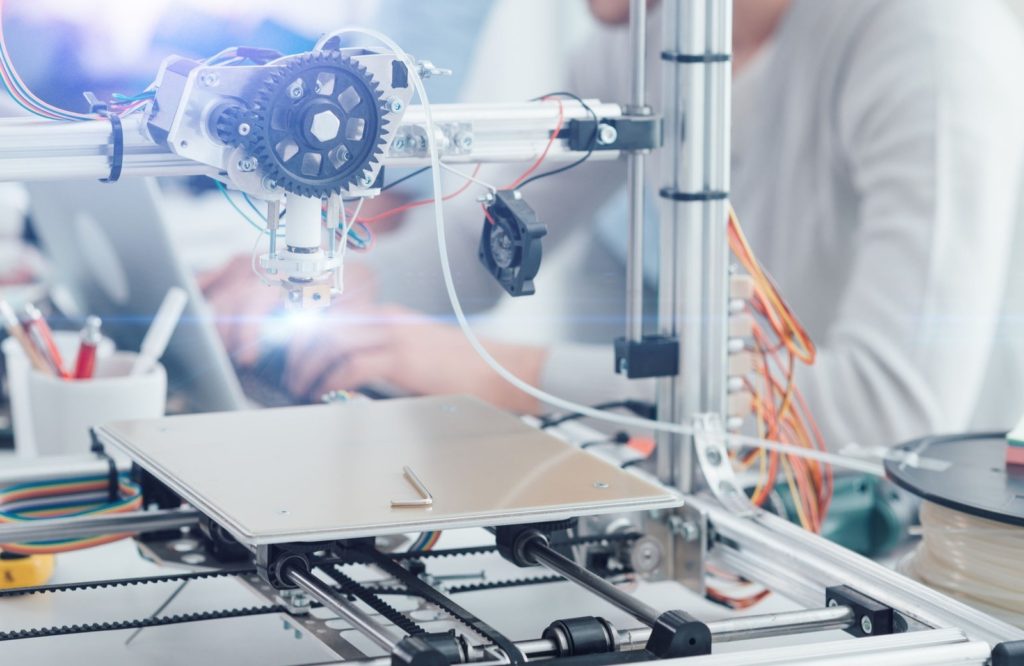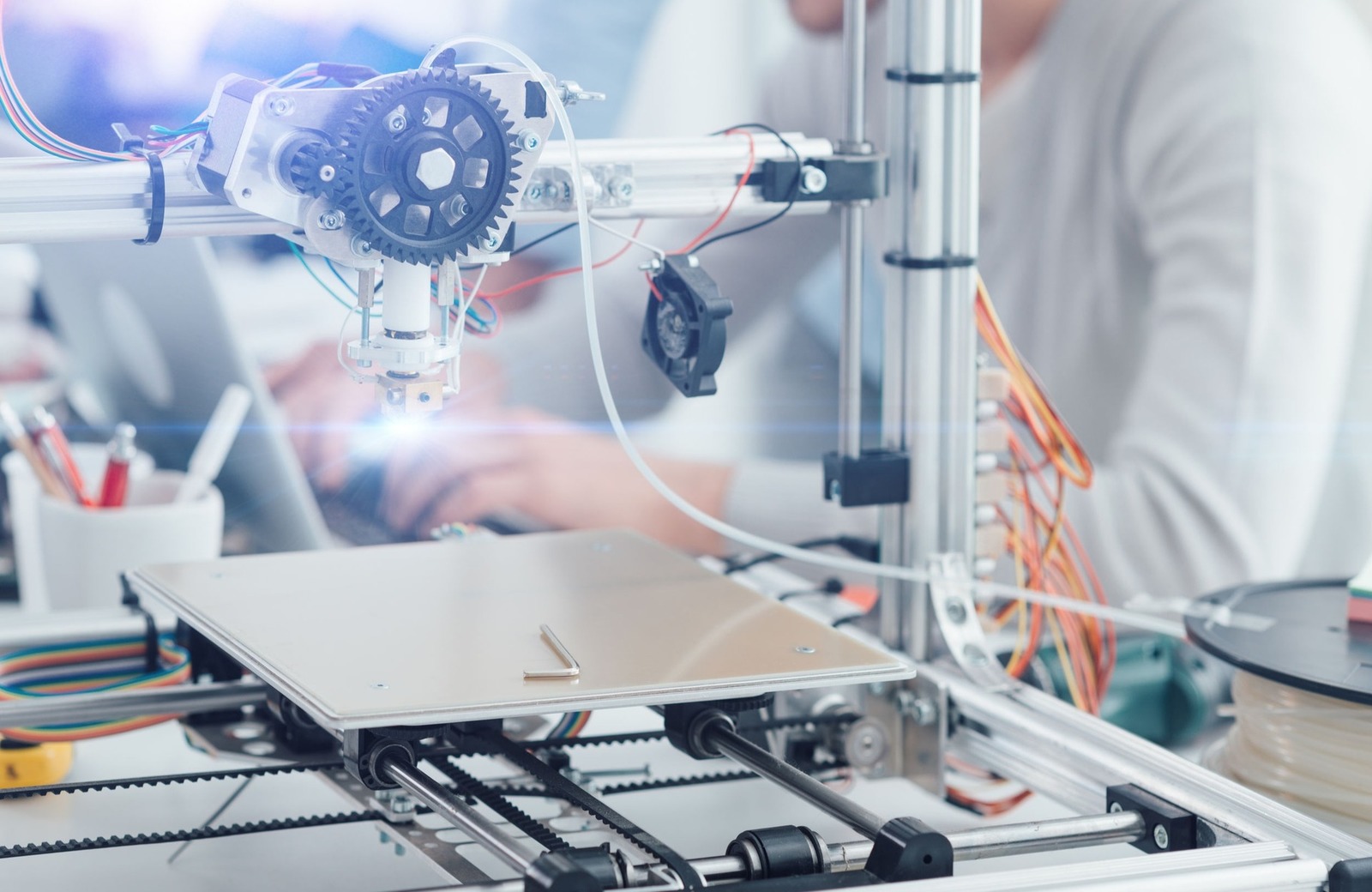16/05/2019
Food printing has been possible since at least 2007, but it is only recently that its use has become part of everyday life in restaurants and catering services at the highest level. There are many things that can already be done with a 3D printer and that give the dish a distinctive touch of quality.
The rationale behind food 3D printing is the same as in other applications: all developments are based on the possibility of printing layers of material to generate the desired shapes in advance. The first trial was carried out on cookies in 2007, and three years later it was already being printed on chocolate. Today, different shapes can be applied to all kinds of doughs, sugars, chocolates, minced meat, cheeses, purees and even small solid pieces of cereals or nuts.
Before going any further, it is worth clarifying that 3D printers do not currently cook, but rather create shapes from ingredients such as chocolate, cheese or pasta. They are no less useful because it is well known that «food goes through the eyes». Some hospitals have used this technology to change the appearance of their dishes and make them more appealing to patients, thereby reducing levels of poor appetite.

But what foods can already be made with 3D printers?
Fruit. Design studio Dovetailed has developed a 3D printer for fruit. And although it does not yet allow you to print an orange, it uses a molecular 3D technique called spherification with which you can print any fruit in seconds, albeit in small bubbles. Researchers obtain the special fruit flavors through the combination of fruit juice and sodium alginate powder.
Chocolate. CocoJet is a 3D printer that works with chocolate as printing material. Realized through the collaboration between 3D Systems and Hershey’s Company, it is perfect for baking or for chocolate lovers who want to create unique models.
Healthy food. Natural Machines, a Barcelona-based company, is responsible for the first 3D food printer that aims to manufacture complete meals. The company is already working on prototypes that integrate the 3D printing of food with the cooking of the food, which would allow the machine to be loaded with the necessary ingredients, select a dish in question and wait for all the magic to work. It sounds like science fiction, but it will be ready to go on sale in mid-2020.
Fresh Pasta. The well-known company Barilla developed the first fresh pasta printer 3 years ago, in collaboration with the Dutch company TNO. This will make it possible to deliver pizzas or pastas to the consumer’s liking or to create them instantly at the point of sale.
Sugar palaces. It is certainly not as healthy as other projects, but the Chef Jet pro is a 3D sugar printer that has made it possible to recreate, for example, the Palace of Versailles in great detail. A great help for confectioners who, until the advent of this technology, had to do it by hand.
Gluten-free food. Undoubtedly a great solution for coeliacs. Italian company WASP has modified one of its printers with a new type of extruder, specialized in dough extrusion. In this way they have successfully developed different shapes and models that everyone can eat. Different chefs are expected to adopt the idea of the project to create gluten-free shapes instantly.
The contribution of 3D technology to the restaurant industry does not end here: there are 3D printed tableware, taps, coffee machines and even food generated from food waste, an initiative that arose in Holland in favor of sustainability. In Barcelona, the Ex-designer bar has been built entirely in 3D, as has the 2,700-square-meter coffee shop that Starbuks recently opened in Shanghai. Even on Mars there could be 3D printed houses in the not too distant future. There is no doubt about it, 3D printing has arrived in our kitchens.











